Cryotherapy techniques have advanced significantly in the past few years, and one of the most accurate and innovative methods for skin tag and mole removal is Cryopen treatment. This makes use of advanced compression cooling technology, to deliver a jet of ultra-cold high pressure nitrous oxide via a pen to allow for pinpoint accuracy.
This precise technique minimises the risk of damage to the surrounding skin tissue, and avoids the need for cryogenic gases, liquids, or anaesthetics. It’s the gold standard technique for removing skin tags and moles, because it is so safe, quick, and pain-free, with consistent and reliable results every time.
How does cryosurgery work?
Cryosurgery works by applying extremely cold (up to -196 degrees Celsius) nitrous oxide to the affected area. This causes ice crystals to rapidly form inside the cells, rupturing the membrane and destroying the cells. The ulta cold nitrous oxide cuts off the blood supply so you will notice very little sensation. As the area heals, new unblemished skin will form.
It’s a method that is frequently used to remove unwanted moles and skin tags, but it has other uses including the following:
Wart removal
Warts and verrucas are caused by a virus and they can spread via close contact. They cause small hard lumps of raised skin to appear, and they can be painful, itchy, or unsightly. Often they will clear by themselves, but this can sometimes take years. Self-treatments such as creams or plasters give mixed results and are slow-acting.
Cryopen treatment can permanently remove this type of skin lesion and kill the virus in a matter of seconds, leaving little or no trace.
Sun spots and pigmentation
Sun spots or age spots are caused by overactive pigment cells that cause darker patches to appear on the skin. UV light can promote melanin production, which is the pigment that gives skin its colour. It can be caused by sun exposure over time, or the use of sunbeds.
Cryosurgery can help to lighten the affected area of skin, and repeated treatments may return it to its original colour.
Persistent acne
Acne is caused by excessive oil gland activity that blocks the hair follicles near the surface of the skin. This can cause red and unsightly bulges that can be painful, and a related condition called sebaceous hyperplasia, which is when the oil glands become enlarged.
It can be a difficult condition to treat because the cause is thought to be hormonal, although it is still not fully understood. Acne can lead to significant psychological distress, making the individual feel self conscious and have less confidence in themselves in social situations. Cryopen treatment can reduce oil gland inflammation and guard against further breakouts.
Minimal aftercare is usually needed after cryosurgery. The area may feel tender and blister, but after a few days the fresh new skin underneath will be revealed.
